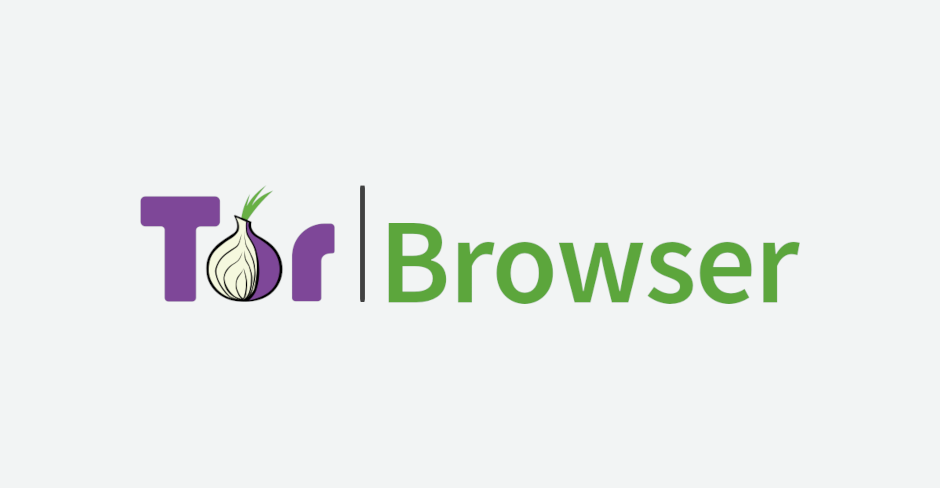The deep web keeps improving on a regular basis and new upgrades pop up every once in a while. Modern onion v3 addresses seem to be the latest hype in the industry. The v3 address represents an update from the classic v2 address and comes with a few extras.
Furthermore, the address has been tested in beta versions of Tor and results were quite successful. As a direct consequence, the protocol has been implemented into the stable and new version of the software to browse the deep web.
A few characteristics of onion v3 addresses
There are a few specific aspects that define v3 addresses. Generally speaking, they are easy to identify. First of all, they come with 56 characters. They are not shorter or longer – always the same length. Second, addresses will always end in a D – it is just how names are encoded.
If you are a regular on the deep web for privacy and anonymity, chances are you will run into new onion v3 addresses here and there, even if they are not necessarily obvious. Pay attention to these general characteristics and you will notice a difference straight away.
Directories providing access to reputable deep web links are slowly upgrading as well, as more and more providers make the switch. The Hidden Wiki is one of the largest directories of deep web links for those who need an initiation – some of the links there have already been updated based on the providers’ changes.
Reasons to upgrade from onion v2 addresses
Upgrading from v2 onions obviously comes with some benefits. Otherwise, no one would make the switch.
Most importantly, the cryptographic building blocks rely on modern signature algorithms. At the same time, hashing methods have also been upgraded. Protocols are much more secure and provide more privacy for those with such concerns. To help you get an idea, the classic SHA1/DH/RSA1024 has been successfully replaced by SHA3/ed25519/curve25519.
On another hand, a top notch onion address will bring in more safety and security. Impersonation will no longer affect the deep web so commonly. The introduction protocol is clearly more flexible, while the code base is now better organized on modules.
At the same time, the directory protocol is more stable. In terms of security, there will be less meta data leaks to directories and servers. The primary reason behind this upgrade is to prevent attacks. With onion v2 addresses, hidden services could have been censored based on nothing but the descriptor. This problem will no longer persist on onion v3 addresses.
Bottom line, onion v3 addresses will most likely replace all the v2 addresses. The transition is relatively slow, but things are going in the right direction. At this point, skeptics will try to find some flaws for these modern addresses as well. Nothing is perfect and they make no exception.
Indeed, they are more sophisticated and secure than the v2 alternative, but chances are Tor will keep improving in order to establish a safer browsing environment for deep web users.
